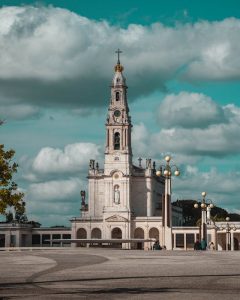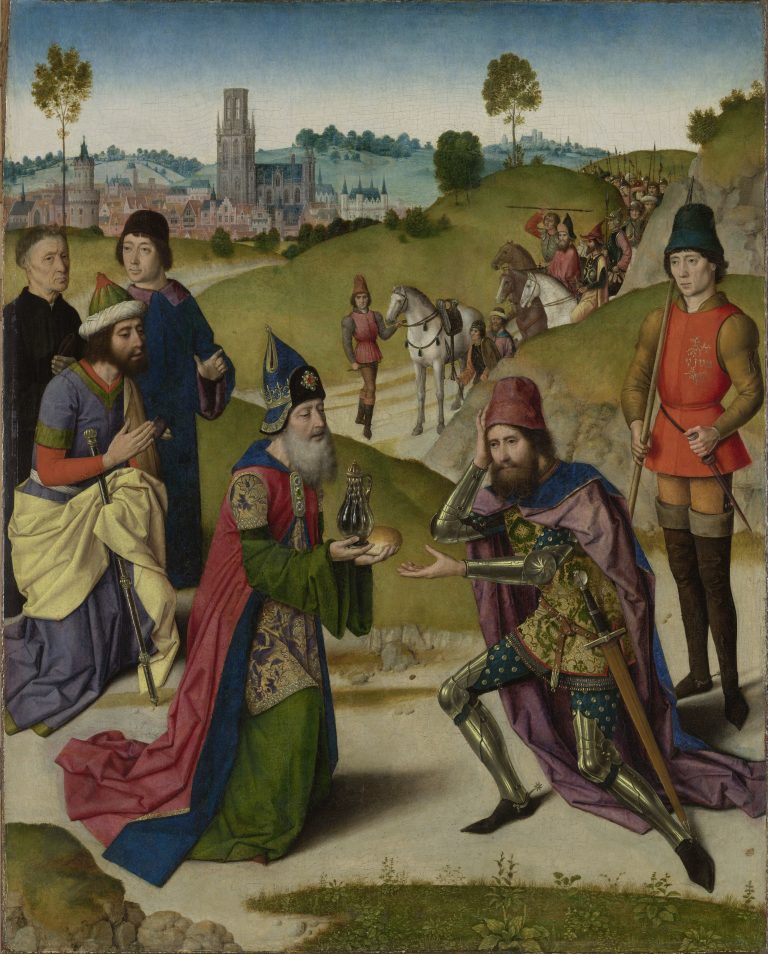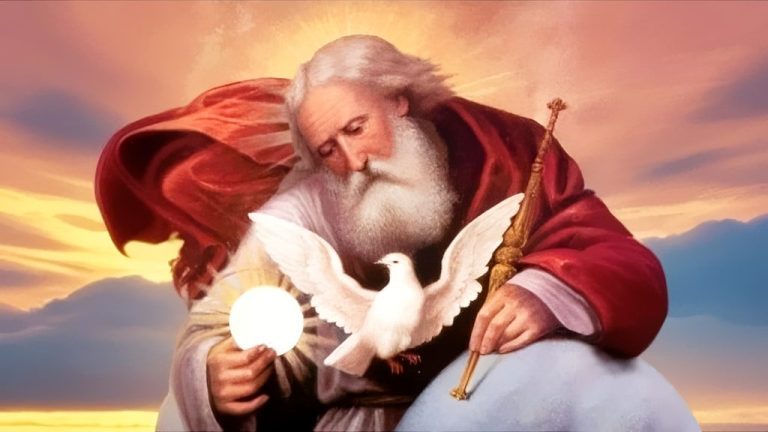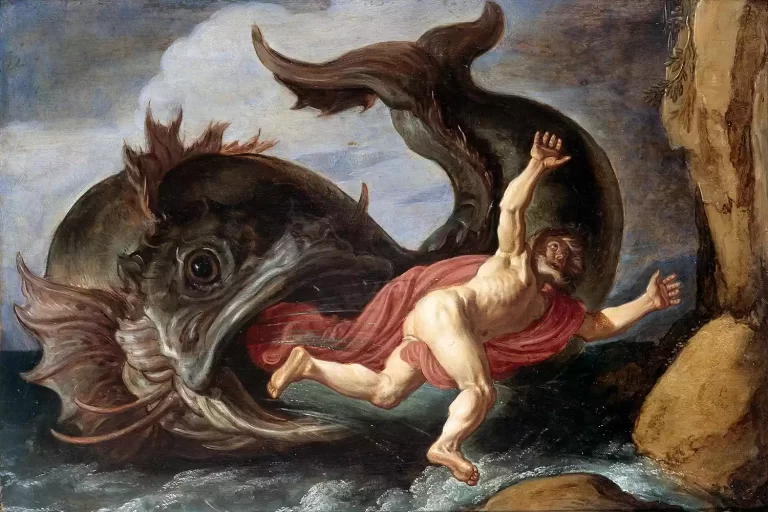The Challenge of Apparent Disobedience
The events at Fatima in 1917 were unprecedented. The Miracle of the Sun, witnessed by over 70,000 people—including skeptics and atheists—validated the apparitions of the Blessed Virgin Mary. One of the seers, Sister Lucia, received specific instructions: “Russia must be consecrated to me by the Pope and Bishops and the message must be read by 1960.”
Despite the magnitude of this message, confusion persists. Was the consecration of Russia ever truly fulfilled? Was the Third Secret entirely revealed? These questions remain central, even after statements from the Vatican. Many Catholics, reading traditionalist perspectives, feel uneasy with modern interpretations.
A Question of Identity: Sister Lucia and the Photos
The Most Holy Family Monastery proposes a controversial theory: that the real Sister Lucia was replaced with an impostor. Their claim centers on photos comparing facial features, including teeth and jaw structure. While this theory may seem extreme, it has gained attention from Catholics disillusioned by perceived inconsistencies.
After years of reading Fr. Gruner’s comprehensive defense of Fatima, some Catholics are startled by how plausible the “fake Sister Lucy” theory seems. It resonates as a disturbing but oddly coherent explanation for decades of confusion. As one traditionalist noted, “Bizarre as their theory is, it makes more sense than other writings on the subject.”
Distinguishing Doctrine from Distrust
Where does this leave Catholics today? While the Church’s position holds that the consecration has been completed, traditional voices question its validity. Others, like MHFM, push further into sedevacantism—the view that the papal seat has been vacant since Pope Paul VI.
This position contradicts Catholic teaching. The Catechism states clearly: “The Pope, Bishop of Rome and Peter’s successor, is the perpetual and visible source and foundation of the unity both of the bishops and of the whole company of the faithful.” (Catechism, 882)
To claim otherwise risks division that echoes the tragedy of the Donatist heresy. St. Augustine warned how “holier-than-thou” divisions led to ruin. We must recall Christ’s promise: “You are Peter, and upon this rock I will build my church, and the gates of the netherworld shall not prevail against it.” (Matthew 16:18, parenthetical emphasis added)
Faith, Unity, and Discernment
True Catholic fidelity demands a balance: we uphold Our Lady’s instructions and the full teachings of the Church. We reject both the temptation of blind institutionalism and the chaos of radical suspicion. As Pope John Paul II once rallied Islamic nations to oppose U.N. abortion agendas, we are reminded of his courage and clarity. That moment stands in contrast to accusations of apostasy.
Caution is essential. Political alliances, while imperfect, may serve the greater good. They must not be mistaken for doctrinal betrayals. We must avoid turning faithful critique into destructive rebellion.
Conclusion: The Light Still Shines
Fatima is real. The miracle is undeniable. Yet the full unfolding of its message remains obscured by conflicting interpretations and modernist ambiguity. The Church, while wounded by internal confusion, remains the Bride of Christ. As faithful Catholics, we must pray for her leaders, guard the deposit of faith, and remain obedient to Heaven’s Queen.
Like the saints before us, let us say: “Here I am, Lord; I come to do your will.” (Isaiah 6:8, a prayer of total trust)









